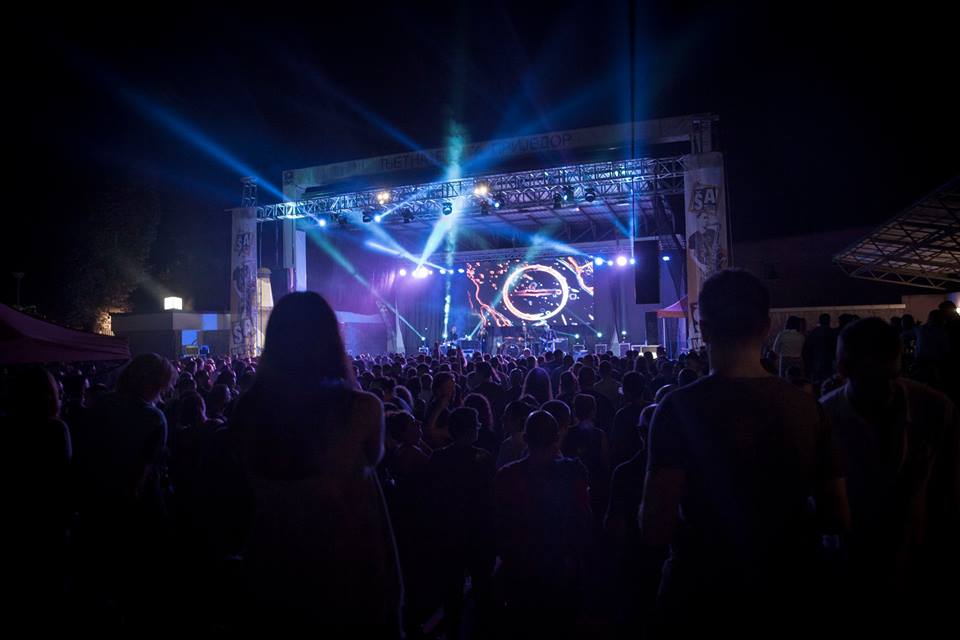The Kozara monument is dedicated to the partisans and civilians who gave their lives during the Battle of Kozara in July 1942, a historically famous battle for about 68,000 civilians in the Kozara mountain region who were surrounded by well-armed and much stronger German fascist and Ustasha forces. The encirclement was breached on the night of July 3, 1942, but most of the partisans and civilians who failed to break through the ring fell into the hands of the Ustashas and the Germans, who then carried out terrible crimes against them. According to historical evidence, the number of enemy soldiers was 40,000, fighting against some 4,000 partisans, almost half of whom gave their lives, while around 50,000 civilians were sent to Jasenovac and other concentration camps in Germany. The Kozara Memorial Park collected the names of 33,398 killed civilians, while the fate of many of the missing remains unknown. The epic battle turned Mount Kozara into a legend and a symbol of partisan resistance and the immense suffering of civilians whose fate is commemorated in numerous works of art and literature, including the monument itself, the famous poem “Stojanka majka Knežopoljko” by Skender Kulenović, a film directed by Veljko Bulajić (1962 ), while the fate of the children from Kozara is described in the film “Diary of Dijana Budisavljević” (2019), an Austrian humanitarian who managed to save around 12,000 children from concentration camps from the then Independent State of Croatia (NDH).

The Kozara Monument, also known as the Revolution Monument, is one of those monumental architectural designs that belong to the socialist modernism of the former Yugoslavia, created between the early 1960s and the early 1980s. That was the time when the unique cultural space and cultural heritage of the post-World War II of the war were created as a legacy that outlived the political legacy of the then federalist state that collapsed in bloody conflicts during the nineties.
Dušan Džamonja (1928-2009), the author of the monument built in 1972, believed that the framework of the Yugoslav cultural space changed the paradigm of visual artistic expression, allowing modernist forms to dominate nature scenes and cause differentiated perspectives and free interpretations. Twenty, 34 meter high upright, concrete columns that create a cylindrical whole are collected, while the fragments create the illusion of a struggle between light and darkness, as a key symbolic significance. The visitor has the impression of entering a peaceful temple and standing in the middle of a circle of tall pillars, the magical play of light and acoustic effects begins.
Error: Contact form not found.








